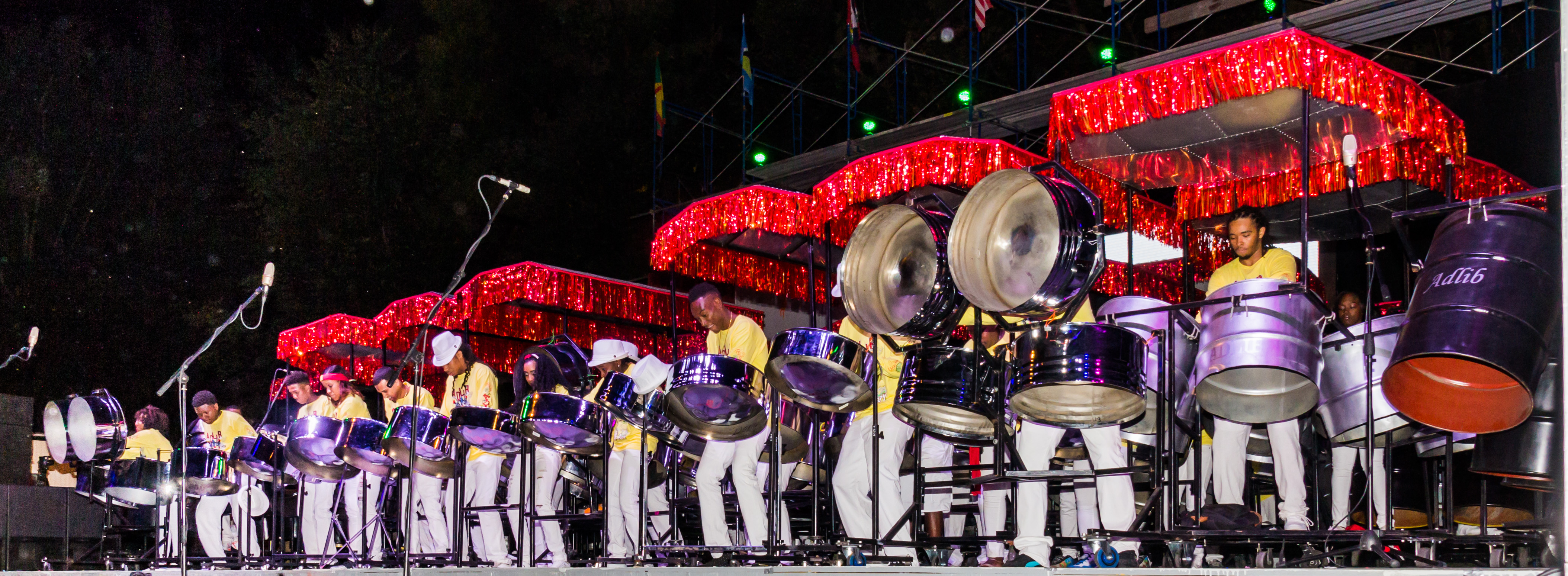After purchasing a decent recorder, the next most important item is purchasing a good pair of microphones. As I said, the microphones in handheld recorders have a lot of compromises. If you want to use the "spaced omni" stereo technique I use, the DPA lavalier microphones I use are of very good quality, but are somewhat pricey. One big advantage of lavalier microphones is the portability. I'm sure some of the less expensive lavaliers may be acceptable, look at the detail specifications. First make sure it is an electret condenser mic, not a dynamic mic. Make sure it is omnidirectional, not unidirectional or cardioid. (Most but not all lavaliers are omnidirectional.) Look for a flat frequency response from 20 Hz to 15 KHz. A "presence bump" of 2 dB or less in the upper midrange is acceptable. Look also for a maximum level before clipping of at least 130 dB, otherwise the microphone may overload and distort. You will in all likelihood have to buy the XLR adapters and windscreens for whatever lavalier mic you purchase.
If you decide to purchase "stand mounted" mics, the first thing to look for, assuming you plan to use the "spaced omni" stereo technique described above, is that the microphones are indeed omnidirectional. Most stand mounted single pattern microphones are not, they have Cardioid or Hypercardioid patterns. If you have decided to choose one of the other stereo micing techniques I have described, pick mics with the correct pattern for your intended technique. Do be aware that most non-omnidirectional microphones have weaker bass response than omnidirectional mics, which can be an issue when recording steel orchestras. You want a condenser or electret condenser microphone to provide decent recording quality, not a dynamic mike. You will probably discover that quality omnidirectional stand mounted microphones (or multi-pattern mics with an omnidirectional setting) are fairly pricey, more expensive than most lavalier mikes. There are, however, some Chinese multi-pattern mics available at reasonable prices, and some of them are in fact excellent microphones. One other item: If you plan to record outdoors with stand mounted microphones, you may want to avoid "large diaphragm" condenser microphones. The large diaphragm mikes are particularly susceptible to wind noise. unless you use a "heavy duty" windscreen. Small diaphragm (or lavalier) condenser mikes are what you want outdoors.
What about "stereo microphones"? The better quality condenser microphones are quite good, although many lack the bass response of spaced omnis and don't have as good channel separation as some of the stereo techniques using two microphones. Avoid the inexpensive plastic ones with mini-plugs instead of XLR or similar connectors. They are a waste of money, the built in mics in most handheld recorders, although not ideal, are far superior.
One thing you don't want to do is record using a pair of Shure SM57 or SM58 microphones spaced apart in front of the band. These mics have a cardioid unidirectional pattern and will not pick up a good mix of all the instruments when used in place of spaced omnidirectional microphones. They also have poor frequency response (they are optimized for handheld vocal or midrange instrumental use.)
Speaking of stands, with the lavaliers you can easily improvise, read my article on my equipment, HERE and HERE. If you have access to two "junior boom" mike stands, aim the booms straight up, tape the cord of the lavalier to the top, with the mic a couple of inches in front of the top of the stand.
